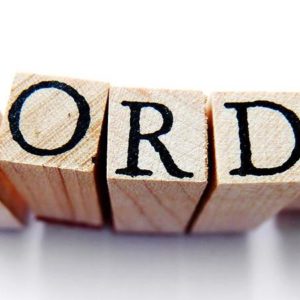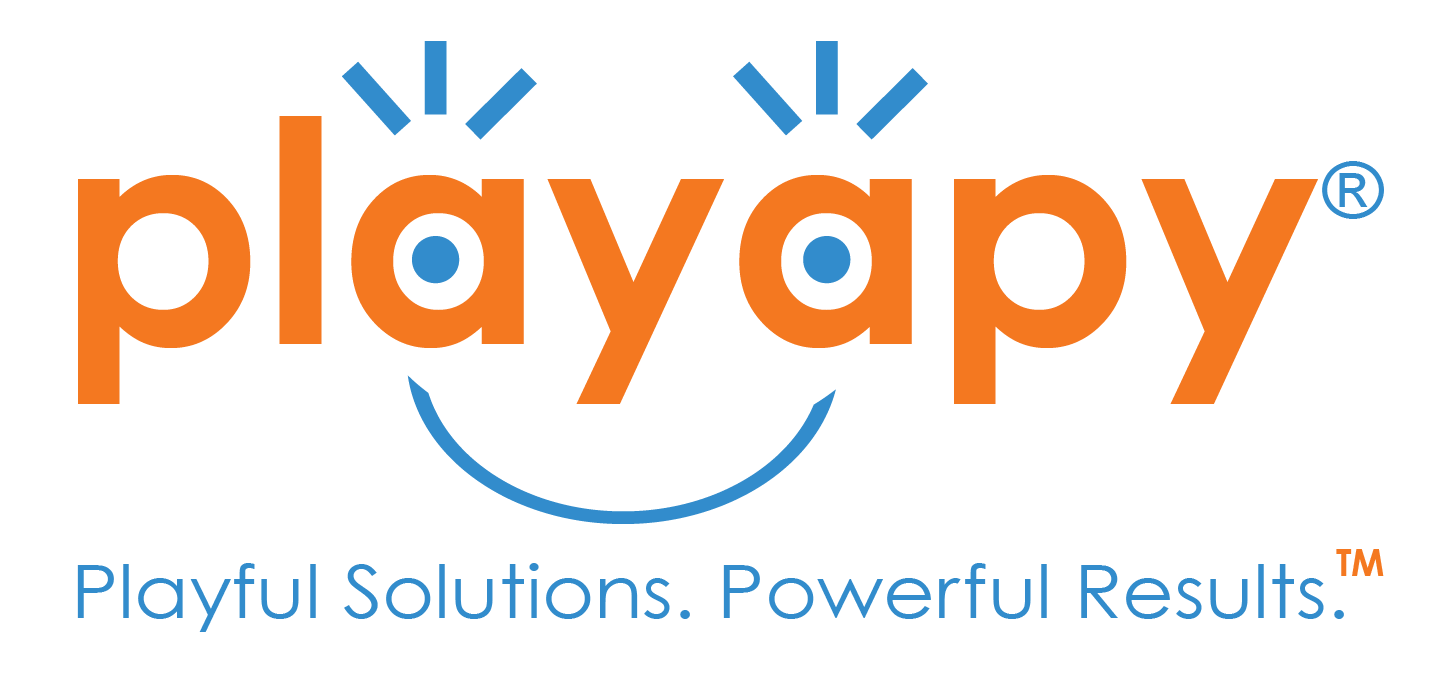
10 Oct National Dyslexia Awareness Month
Dyslexia is a learning disability that is commonly known but poorly understood. Most people associate dyslexia with reading letters backwards, but that is only one possible symptom of many. Generally speaking, dyslexia is a specific learning disability for reading. It is often characterized by difficulty with word recognition, decoding, or spelling. This can lead to difficulty with reading comprehension and could slow down vocabulary growth resulting in struggles with reading, writing, and sometimes speaking. Against popular belief, dyslexia is not caused by poor instruction, poor intelligence, laziness, or impaired vision. It is a result of a neurological condition and can also be genetic. It is also something which can be overcome with help and support leading most to good reading and writing skills overall.
Detecting Dyslexia
It is important to detect dyslexia as early as possible because reading and writing are such an integral part of learning in the classroom. Some signs of dyslexia in young children include having trouble with recognizing letters, matching letters to sounds, learning new words, learning the alphabet or numbers, rhyming words, or remembering word sequences like the days of the week. Some signs of dyslexia in older children include poor handwriting, reading or writing reversed letters like b or d, mastering spelling rules, following a set of directions, or remembering facts or rules.
I hope you find this information helpful. If you feel your child may have multiple signs of dyslexia, you should consult with your doctor about having an occupational therapist or speech therapist conduct an evaluation and create a treatment plan if deemed necessary. Have a playful day!
Amy Baez, MOT, OTR/L
Amy Baez is a pediatric occupational therapist, award-winning handwriting author, and Founder of Playapy. For more information, visit www.playapy.com or email [email protected].
